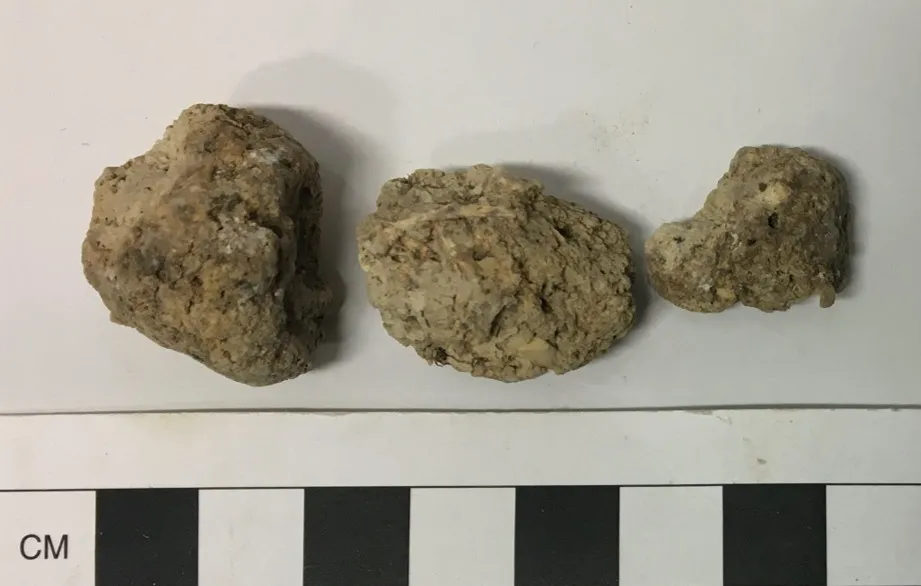Ancient faeces found at Durrington Walls, a Neolithic settlement close to Stonehenge, contains the eggs of parasitic worms, researchers at the University of Cambridge and UCL have found.
The settlement dates back to around 2,500BC and it believed to have been home to the people who erected the famous monument.
Archaeologists analysed 19 pieces of ancient faeces, or coprolites, from the site that have been preserved in a mass dung heap for 4,500 years. Five of them, one from humans and four from dogs, were found to contain the eggs of capillariid worms – a parasitical worm that lodges in the lungs or liver of its host.
The finding suggests that the Neolithic humans were eating undercooked offal and feeding the leftovers to their dogs, the researchers say.

“This is the first time intestinal parasites have been recovered from Neolithic Britain, and to find them in the environment of Stonehenge is really something,” said study lead author Dr Piers Mitchell from Cambridge’s Department of Archaeology.
“The type of parasites we find are compatible with previous evidence for winter feasting on animals during the building of Stonehenge.”
When excavating the dung heap, archaeologists unearthed fragments of pottery, rudimentary stone tools and more than 38,000 animal bones.
Although 90 per cent of the bones were from pigs, the most likely source of the parasite is cows as capillariid worms typically infect ruminants, the researchers say.

Archaeological evidence suggests that Durrington Walls was occupied during the second stage of the construction of Stonehenge, when the iconic ‘trilithons’ – a pair of huge vertical stones topped by a third horizontal stone – were erected. The seasonal residents of Durrington Walls are thought to have carried out the work.
“This new evidence tells us something new about the people who came here for winter feasts during the construction of Stonehenge," said Prof Mike Parker Pearson from UCL’s Institute of Archaeology.
“Pork and beef were spit-roasted or boiled in clay pots but it looks as if the offal wasn’t always so well cooked.”
Read more about ancient humans: